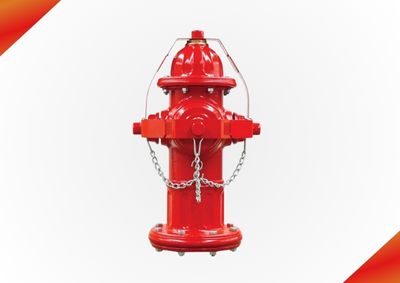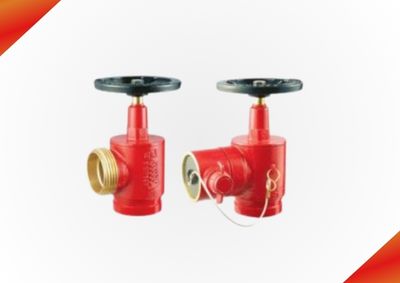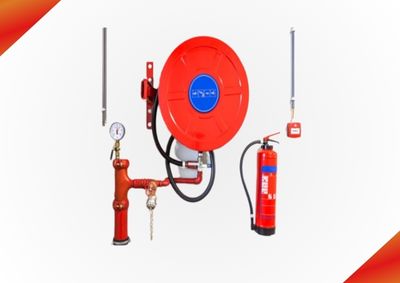Fire Hydrant Systems
We are Manufacturer, Supplier, Services Provider of Down Comer Fire Hydrant Systems, Wet Riser Fire Hydrant Systems, Courtyard Fire Hydrant Systems
and our setup is situated at Pune, Maharashtra, India.
Down Comer Fire Hydrant
A system for combating fires inside the building that uses down comer mains with an internal diameter of at least 100 mm, terrace pumps, gate valves, non-return valves, and landing valves on each level and landing, connected to the terrace tank. Additionally, it is equipped with ground-level inlet connections and a roof-level air release valve so that it can be charged with water by pumping from fire service equipment.
Wet Riser Fire Hydrant
Depending on the area and height of the structures, the wet-riser system should consist of a pipe or a number of pipes. With branch pipes, landing valves, hose reels, hoses, etc. at every floor level. a provision for a pressure differential switch to activate the pump immediately as soon as water is pulled from hydrant landing valves, producing a drop in pressure, making water under pressure available for functioning hydrants, hose reels, etc. A backup pump is also built into the system, which will start working automatically if the primary power source fails.
Court Yard Fire Hydrant
Underground, at ground level, or at a higher level should be provided water reservoirs to supply the fire hydrant system. It is a horizontal pipeline that is joined to an underground water tank via a 63 mm-diameter outlet. Courtyard hydrants are required to have stand posts, per the quantity schedule. For the hydrants to operate quickly there should be a sufficient supply of hydrant accessories, such as hydrant standpipes, hydrant key and bar suction collecting heads, delivery hoses, branch pipes, and nozzles, etc.



